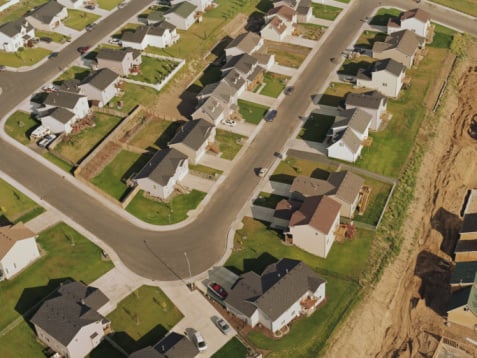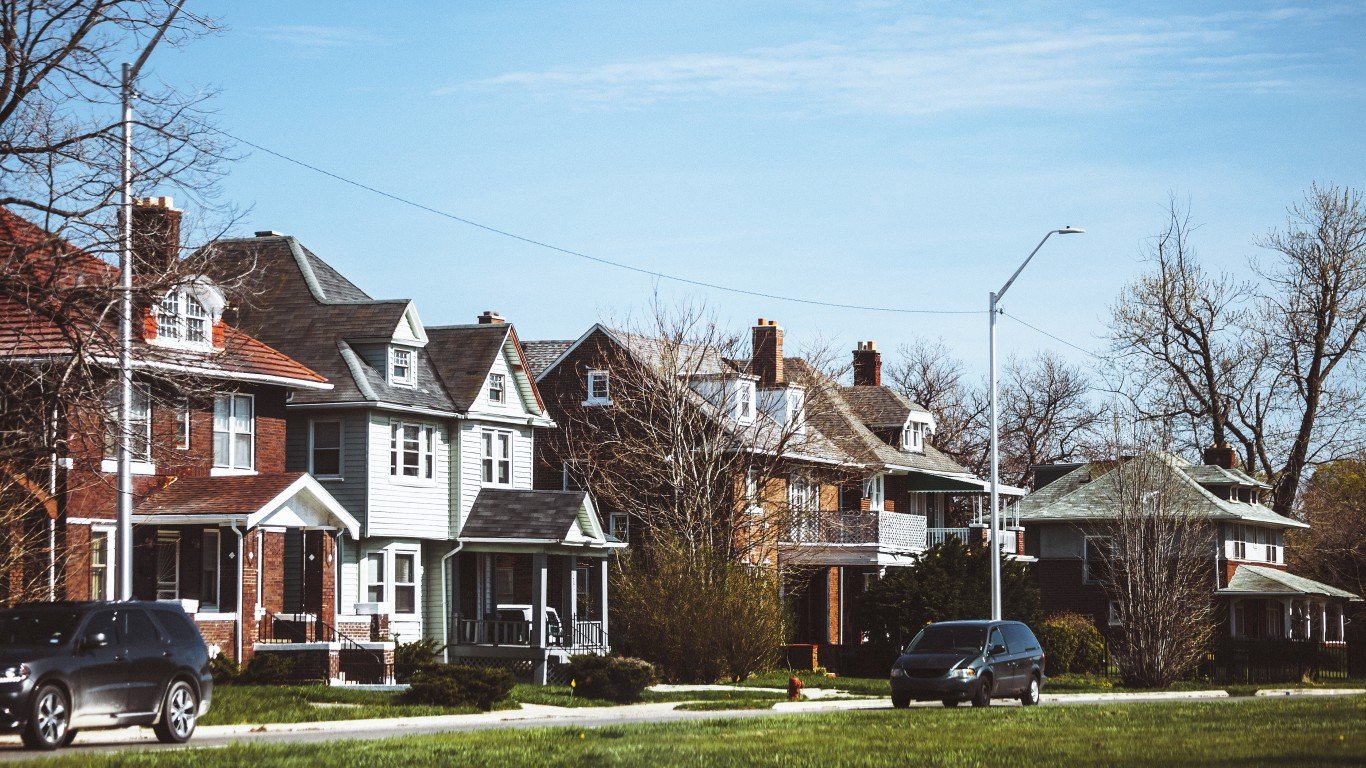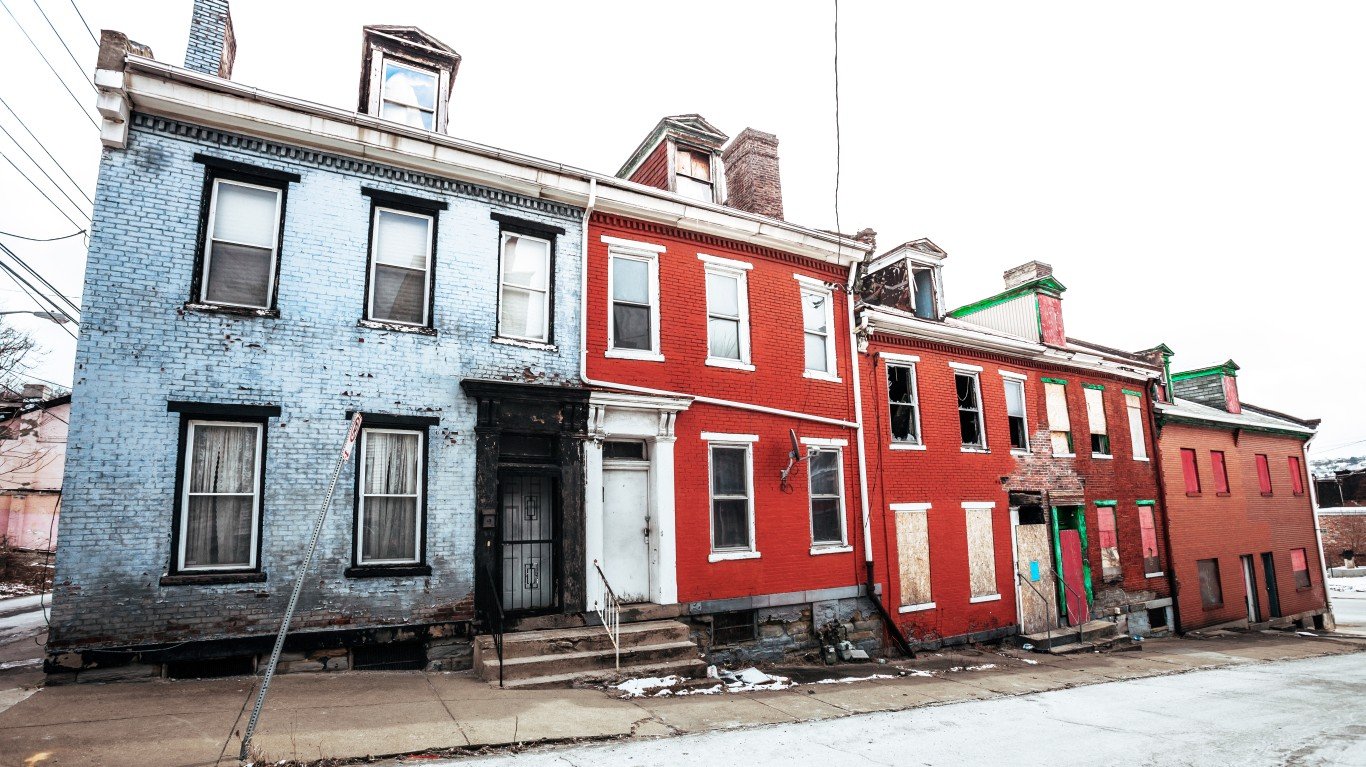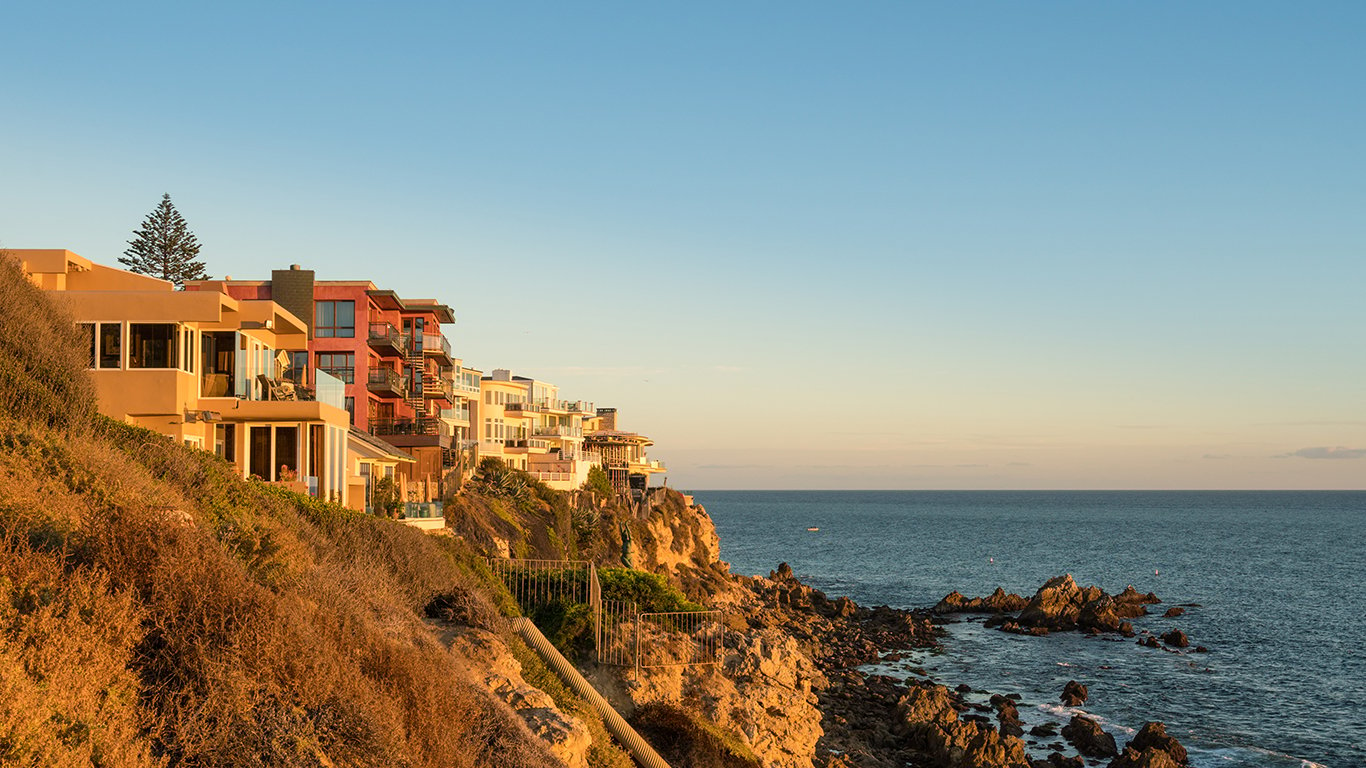
Source: Thinkstock
Some 17.8% (approximately 9 million) of all mortgaged properties have positive equity below 20%, and 2.3% had less than 5% positive equity at the end of the second quarter. These levels are slightly lower than at the end of the first quarter of 2015, when 19.4% of all properties had positive equity below 20% and 2.7% had less than 5% positive equity.
The aggregate value of negative equity fell by $28.5 billion in the second quarter to a nationwide total of $309.5 billion. At the end of the first quarter, the aggregate value of underwater property totaled $338 billion. The data were released Tuesday by research firm CoreLogic.
CoreLogic’s CEO noted:
For much of the country, the negative equity epidemic is lifting. The biggest reason for this improvement has been the relentless rise in home prices over the past three years, which reflects increasing money flow into housing and a lack of housing stock in many markets. CoreLogic predicts home prices to rise an additional 4.7 percent over the next year, and if this happens, 800,000 homeowners could regain positive equity by July 2016.
ALSO READ: 8 States Running Out of Water
The five states with the highest percentage of homes with negative equity are Nevada (20.6%), Florida (18.5%), Arizona (15.4%), Rhode Island (13.8%) and Illinois (113.1%). These five states accounted for 31.7% of all underwater mortgages in the second quarter of 2015.
The five states with the highest percentages of homes with positive equity are Texas (97.9%), Alaska (97.6%), Hawaii (97.5%), Montana (97.2%) and Colorado (96.7%).
The five metropolitan areas with the highest percentage of properties with negative equity are:
- Tampa-St. Pete-Clearwater, Fla. (20.2%)
- Phoenix-Mesa-Scottsdale, Ariz. (15.4%),
- Chicago-Naperville-Arlington Heights, Ill. (15.3%)
- Riverside-San Bernardino-Ontario, Calif. (12.3%)
- Warren-Troy-Farmington Hills, Mich. (11.8%).
The five metro areas with the highest percentage in positive equity are:
- Houston-The Woodlands-Sugar Land, Texas (98.1%)
- Portland-Vancouver-Hillsboro, Ore. (97.8%)
- Dallas-Plano-Irving, Texas (97.8%)
- Anaheim-Santa Ana-Irvine, Calif. (97.5%)
- Denver-Aurora-Lakewood, Colo. (97.5%)
ALSO READ: European Home Prices Are Recovering
Essential Tips for Investing: Sponsored
A financial advisor can help you understand the advantages and disadvantages of investment properties. Finding a qualified financial advisor doesn’t have to be hard. SmartAsset’s free tool matches you with up to three financial advisors who serve your area, and you can interview your advisor matches at no cost to decide which one is right for you. If you’re ready to find an advisor who can help you achieve your financial goals, get started now.
Investing in real estate can diversify your portfolio. But expanding your horizons may add additional costs. If you’re an investor looking to minimize expenses, consider checking out online brokerages. They often offer low investment fees, helping you maximize your profit.
Thank you for reading! Have some feedback for us?
Contact the 24/7 Wall St. editorial team.



